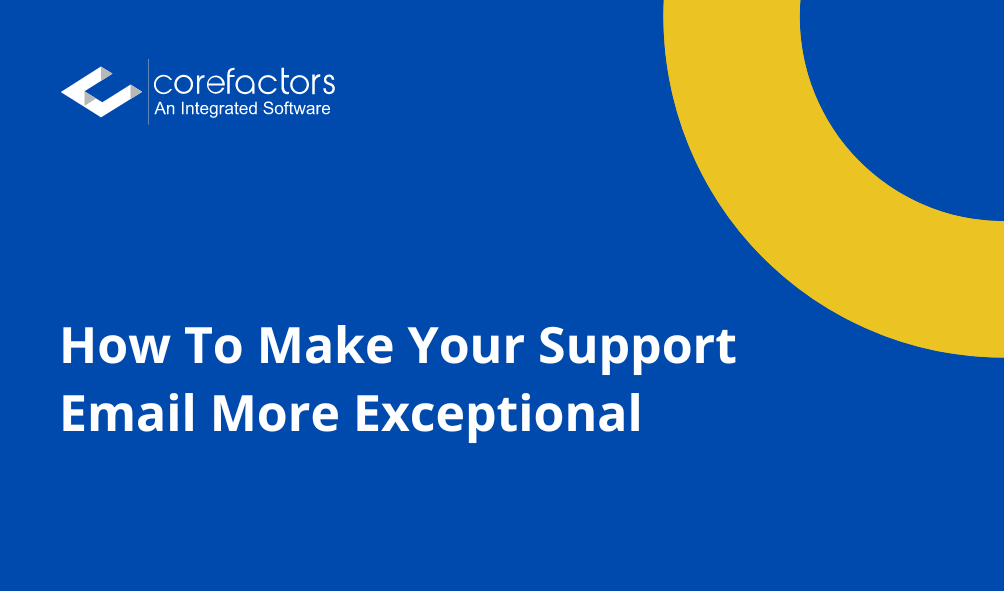60% of consumers prefer customer service via email. And what’s even more surprising is that 41% of consumers expect an email within 6 hours, but sadly only 36% percent of businesses answered that quickly.
And how are businesses responding to this demand? Studies reveal, 83% of small and medium-sized businesses responded either inaccurately or with incomplete responses.
The answer is clear, companies need to make a greater effort, and for that, these practices can help you to deliver exceptional email customer service.
Personalizing your email marketing is not a struggle. Also, the ways to use personalization in your emails go beyond just using a name.
Here are five ready-to-implement ways to use personalization that will propel your email marketing:
Ask The Right Questions
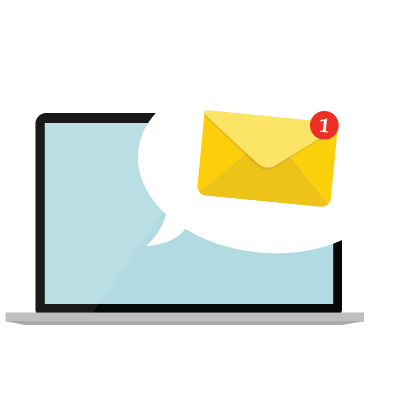
Ask to the point questions and effectively segregate your audience for personalization. It’s simply asking the right questions and giving them relevant information.
Asking customers questions like a reason for visiting your website, becoming a user, or subscribing to your email can be remarkably easy, but invaluable.
It is capable of giving you insightful data that will lead to your business sending incredibly great targeted emails.
One way of doing it is automated email marketing, these responses are good for communicating information, efficiently, and consistently across a brand, but you have to make sure that customers feel that they are valued as individuals.
Things like inserting the customer’s name in places are essential, and including any pertinent information regarding a recent purchase is great for marketing emails. Customers will appreciate a humanized and customized approach.
Make Online Contact Forms Comprehensive
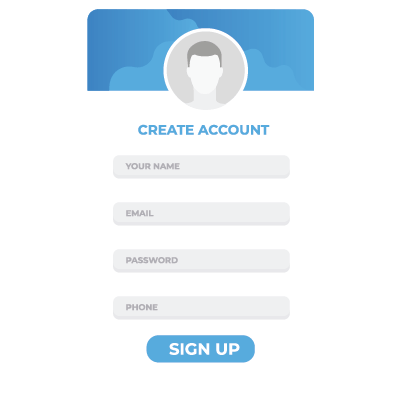
If you need to invite customers to contact your brand by email, providing them with a clear contact form is one great way to gain more useful information from them and later classify their requests by topic.
Ask for as much information as your brand will need. This includes complete customer contact information, the product or service for which customer service is requested, adding a field for free-response comments or questions so customers feel they can freely communicate as much as they need to is also a great idea.
This will save everyone’s time and enable agents to more efficiently handle service. The most common form of design best practice you’ll come across is the theory that shorter forms achieve higher conversion rates.
The idea is that the more form fields you have, the less likely users are to want to fill them out and the more difficult you make it to complete them.
You don’t put a contact form on your website to get an inbox filled with “Hey, how’s it going” messages and spam from bots.
Your contact form is a lead generation tool designed to capture interest from potential customers and provide a channel of communication and support for your existing customers.
The best contact forms guide users into asking the right kind of questions and sending the right messages, the rest simply get filtered out.
This allows you to sort the leads and customer support cases from the spam and wastes of time. Don’t be afraid to encourage specific actions on your contact pages and prioritize leads that bite.
Set Up Automated Behavioral Trigger Emails
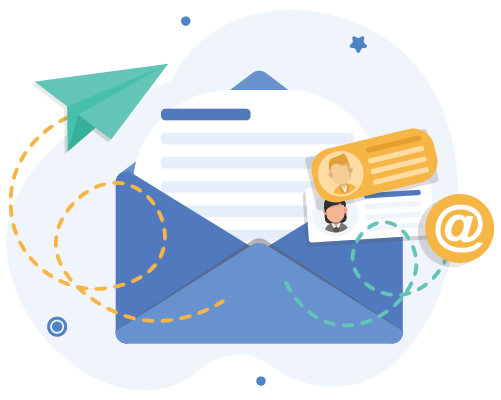
Behavior-triggered emails are basically real-time reactions on how your customers are using your product.
For instance, when Facebook sends you an email because you haven’t logged in for five days, it is a behavior-triggered email. They work amazingly well.
If you aren’t using them already, you should be. Trigger emails are rated to have a 152% higher open rate when compared with traditional emails.
They become a valuable communication tool that converts window shoppers into lifelong customers.
Trigger emails, while being personal, can be easily automated and can be sent to customers for doing multiple actions: up-selling and cross-selling, welcome, re-engagement, and the list goes on.
Also, depending on your business, an email triggered marketing campaign means better email marketing retention rates, increased customer engagement, improved click-through rates, and overall higher customer satisfaction.
Why Are These Triggered Emails So Efficient?
The reason why these emails are successful is that the recipients expect these emails. When they hit the “Subscribe“, “Buy“, or “Download the E-book” buttons, the users assume that you will be sending an email to reassure them about the process.
Not sending a welcome email could imply that the subscription process wasn’t successful.
When a customer places an order on your e-commerce website he would be concerned about the order details. If they didn’t receive the order confirmation email in the next couple of minutes.
They would wonder what happened and might get in touch to see if their order went through.
This is an unpleasant experience for the customer and adds unnecessary pressure to your customer support team as well. You can use your time and money more efficiently.
What Are the Benefits of Using Triggered Emails?
- Delight Your Customers: Sending triggered emails ensures the customers that you care about informing them promptly.
- Nurture Your Leads: The recipients might not be ready to buy now but nurturing them every now and then and providing them with relevant information could help them become customers later on.
- Increase Customer Retention: It’s five times more expensive to acquire a new customer than keeping the current customers. Re-engagement emails help you reactivate inactive users.
- Reduce Time on Operational and Repetitive Emails: As mentioned above, an automated emailing process helps you reduce the number of operational tasks. It’s especially useful if you have a small team.
- Building Trust with Your Customers: Living up to the customer’s expectations builds trust.
Give Customers Extra Support
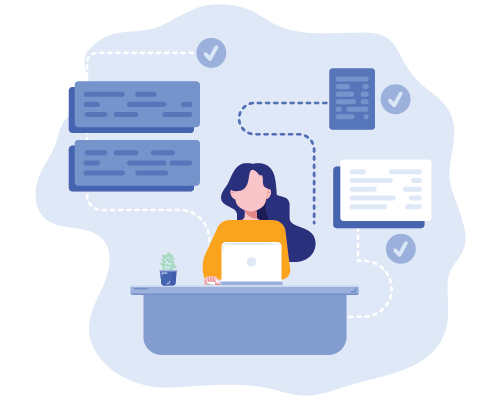
While writing each and every email response, provide customers with important information so that it makes the service processes smoother and enables them to find the answers on their own.
For example, emails should include things like toll-free phone numbers to call for voice support, information on all social media channels on which the brand is present, and links to frequently asked questions along with a direct link to the company’s website. This leaves an excellent mark on the customer’s trust in your brand.
An IVR service also works well in a situation where you can’t send an automated email. It can track all the incoming and outgoing support calls and remind you to send an email to the specific customer.
Given the usual response of emails in most people’s lives, it makes sense for many customers to continue reaching out for service on this channel.
By establishing and following best practices, you can gear up to deliver truly exceptional customer service through email.
There are some situations in which offering incentives seems like the best option.
When a customer’s problem is so extreme that you can’t avoid worse repercussions if you don’t offer an incentive.
The error at your end may result in customer complaints. This means anything that’s outside of the customer’s control. In that case, you can resonate with a discount or refund, where appropriate.
If the customer is completely unable to purchase your product due to an error, a full refund is fair to offer.
If an order gets delayed or another type of minor inconvenience due to an error, which doesn’t impact much on the customer’s ability to use the product or service they purchased, a small discount can buy you goodwill with the customer.
If the complaints are the result of a customer-wide outage or error that impacted hundreds of thousands of customers at a time, you may not be able to offer them all a discount or refund.
Instead, own your mistake, apologize sincerely, and take steps to prevent the problem from happening again.
Conclusion
It is suggested that you constantly strive to provide better customer service. By helping potential customers improve their service, you increase the likelihood that they’ll choose you over the competitors for their needs.
Don’t only provide reactive service to customers, get proactive with content, and use your company blog to help customers be the best that they can be.
To use the content as customer service you must educate and motivate your employees.
Exceptional customer service doesn’t have to be so difficult. Pay close attention to your customer data, which will point to areas you have room for revenue growth.
Additionally, you can implement integrated platforms and personalized touches that best suits your brand over time. The important thing to remember is to start and end by focusing on the customer.

